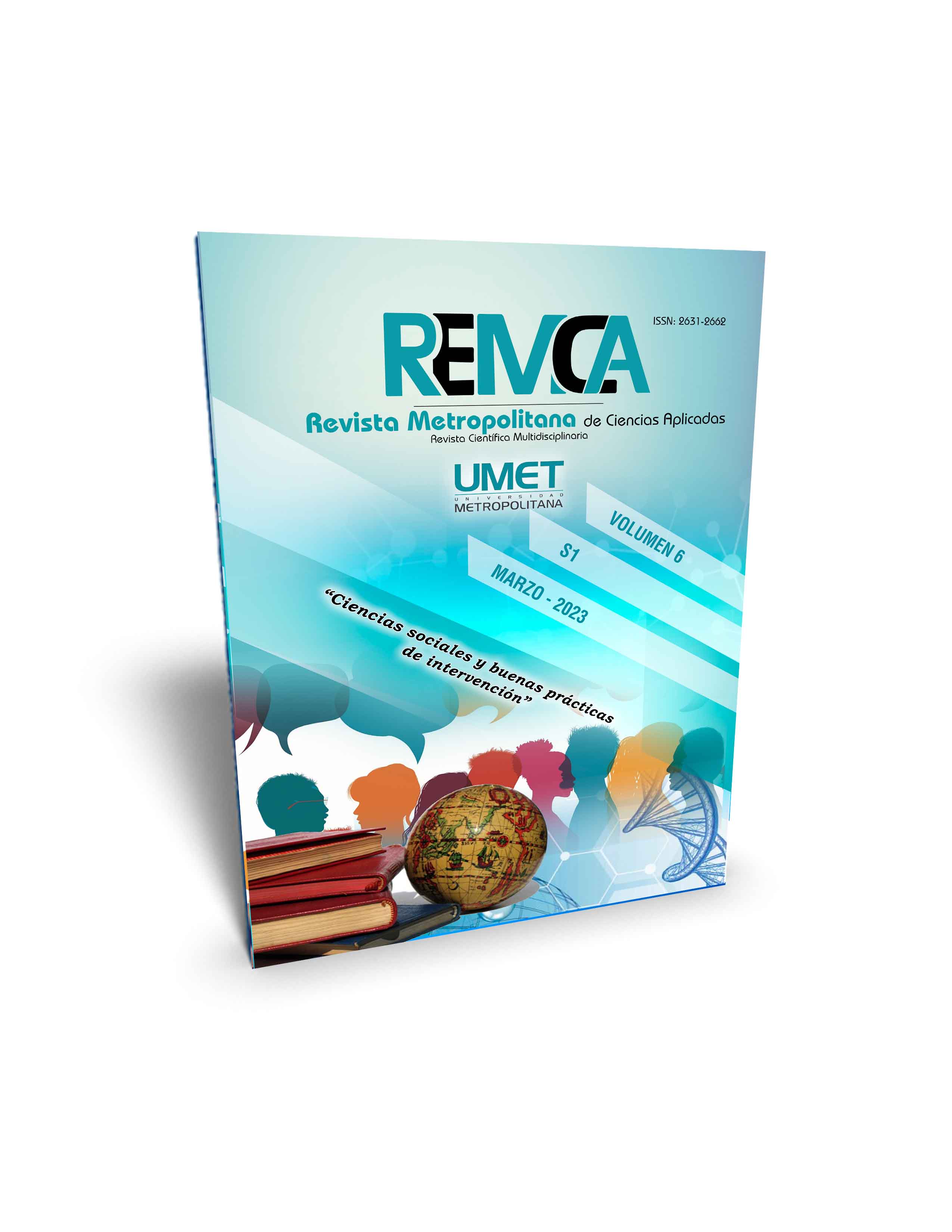Criticism of the mandatory nature of preventive detention for recidivists in Ecuador
DOI:
https://doi.org/10.62452/0qmtvg23Palavras-chave:
Recidivism, precautionary measures, preventive detention, deprivation of libertyResumo
Despite the fact that Ecuador has a Constitution that enshrines the principles of freedom, equality and minimal criminal intervention, with an express rule that prohibits discrimination based on "judicial past" and that the Constitutional Court and the National Court of Justice have insistently pronounced for the exceptional application of preventive detention, the Comprehensive Organic Criminal Code maintains unchanged the third paragraph of the article 536, which prohibits judges from substituting this precautionary measure for another of lesser rigor when lawbreakers are recidivists; this situation that has caused high rates of people deprived of liberty without conviction, around which a serious prison crisis has unfolded with at least 385 deaths in seventeen months. The study that is presented, carried out under a qualitative approach and the critical and reflective method has allowed to show the internal contradictions between the criminal legal norms; the principles that the Code itself states and the constitutional text, in addition to revealing the social need to adopt Urgent legal reforms around preventive detention to help to reduce the negative effects of violence in detention centers and comply with constitutional mandates.
Downloads
Referências
Bueno Armijo, A., & Rodríguez Portugués, M. (2007). Fumus boni iuris como criterio contrario al solicitante de medidas cautelares. ¿Un traidor entre los aliados? Revista de administración pública, 172, 227-253.
Cáceres Pérez, F. R. (2017). Delincuencia penal y principio de objetividad. (Proyecto de titulación). Universidad Técnica de Ambato.
Calamandrei, P. (2017). Introducción al estudio sistemático de las medidas cautelares. Ediciones Legales Olejnik.
Durán Silva, C. (2019). Medidas de precaución personales. Universidad de Alicante.
Ecuador. Asamblea Nacional Constituyente. (2008). Constitución de la República del Ecuador. Registro Oficial 449. https://www.asambleanacional.gob.ec/sites/default/files/documents/old/constitucion_de_bolsillo.pdf
Ecuador. Asamblea Nacional. (2014). Código Orgánico Integral Penal. Registro Oficial Suplemento 180. https://siteal.iiep.unesco.org/sites/default/files/sit_accion_files/siteal_ecuador_0217.pdf
Ecuador. Corte Constitucional. (2021). Sentencia No. 8-20-CN/21. Limitación a la sustitución de la prisión preventiva. https://www.fielweb.com/App_Themes/InformacionInteres/8-20-CN.pdf
Ecuador. Corte Nacional de Justicia. (2021). Resolución N° 14 de 2021. https://www.cortenacional.gob.ec/cnj/images/pdf/resoluciones/2021/2021-14-Aclara-el-Art-534- COIP.pdf
Freire Quintanilla, P. R. (2021). Hacinamiento de reclusos y prisión preventiva. (Degree work). Universidad Autónoma de Los Andes:
Morello, A. M., & Vescovi, E. (2005.). Medidas provisionales y medidas cautelares. In, E. Rey Cantor, & Á. Rey Anaya, Medidas provisionales y cautelares en el sistema interamerican. (pp. 148-203). Instituto Interamericano de Derechos Humanos.
Noroña, K. E. (2022). Estas son las masacres carcelarias documentadas en Ecuador entre 2021 y 2022. https://gk.city/2022/07/18/seis-masacres-carcelarias-documentadas-ecuador/
Serrano Gómez, A. (1976). La reincidencia en el Código Penal. Agencia Estatal Boletín Oficial del Estado.
Sotalin Clerque, J. A. (2021). El uso excesivo de la prisión preventiva en el hacinamiento penitenciario. Universidad Metropolitana.
United Nations. (1948). Declaración Universal de los Derechos Humanos. https://www.ohchr.org/en/udhr/documents/udhr_translations/spn.pdf
Downloads
Publicado
Edição
Seção
Licença
Copyright (c) 2023 Pedro Enrique Castellanos-Fuentes, Marily Rafaela Fuentes-Águila, Andy Rojas-Jiménez, Yanier Senen Roque-Rodríguez (Autor/a)

Este trabalho está licenciado sob uma licença Creative Commons Attribution-NonCommercial-ShareAlike 4.0 International License.
Os autores que publicam na Revista Metropolitana de Ciencias Aplicadas (REMCA), concordam com os seguintes termos:
1. Direitos autorais
Os autores mantêm direitos autorais irrestritos sobre suas obras. Os autores concedem ao periódico o direito de primeira publicação. Para tal, cedem à revista, em caráter não exclusivo, direitos de exploração (reprodução, distribuição, comunicação pública e transformação). Os autores podem firmar acordos adicionais para a distribuição não exclusiva da versão publicada do trabalho no periódico, desde que haja reconhecimento de sua publicação inicial nesta revista.
© Os autores.
2. Licença
Os trabalhos são publicados na revista sob a licença Creative Commons Atribuição-NãoComercial-CompartilhaIgual 4.0 Internacional (CC BY-NC-SA 4.0). Os termos podem ser encontrados em: https://creativecommons.org/licenses/by-nc-sa/4.0/deed.pt
Esta licença permite:
- Compartilhar: copiar e redistribuir o material em qualquer meio ou formato.
- Adaptar: remixar, transformar e desenvolver o material.
Nos seguintes termos:
- Atribuição: Você deve dar o crédito apropriado, fornecer um link para a licença e indicar se alguma alteração foi feita. Você pode fazer isso de qualquer maneira razoável, mas não de uma forma que sugira que o licenciante endossa ou patrocina seu uso.
- Não comercial: você não pode usar o material para fins comerciais.
- Compartilhamento pela mesma licença: se você remixar, transformar ou criar a partir do material, deverá distribuir sua criação sob a mesma licença do trabalho original.
Não há restrições adicionais. Você não pode aplicar termos legais ou medidas tecnológicas que restrinjam legalmente outros de fazerem qualquer coisa que a licença permita.




